In the ever-evolving landscape of contemporary art, a new trend is emerging: the integration of video game graphics into artistic expression. This movement, characterized by pixelated visuals, virtual worlds, and interactive elements, is redefining traditional creative boundaries.The rise of this trend can be attributed to several factors that reflect the changing dynamics of our digital age.
Video games, once perceived merely as child-like pastimes, are now acknowledged for their sophisticated artistry, world-building, and storytelling. Games like Final Fantasy VII, The Legend of Zelda, and World of Warcraft, which once seemed to be niche interests for teens and young adults, have, in many ways, shown to serve as the aesthetic foundation for a new generation of creators. These titles showcase intricate narratives, complex characters, and expansive worlds that rival traditional forms of narrative art.
Generations X, Millennials and Gen Z, who were heavily influenced by digital media during their adolescence, are now at the forefront of contemporary art. These age groups view video games as a legitimate form of artistic expression, one that is as impactful as traditional mediums. They are incorporating the visual language and interactive elements found playing PlayStation or Xbox into their work, as a way to reflect their personal experiences between the digital and physical world.
Artists like Gao Hang, Tabor Robak, Jon Rafman, Auriea Harvey, and Sophie Kahn are several figures leading this digital revolution. Their recent works highlight the intersection of digital culture and artistic expression, offering insights into the cultural and technological currents shaping our world. These artists are not just incorporating video game aesthetics for visual appeal; they are using them to explore deeper themes related to identity, memory, consumerism, and the psychological impacts of digital spaces. By doing so, they push the creative boundaries and solidify their place in the ever-changing landscape of modern expression.
Advances in software have made it easier for artists to blend traditional painterly techniques with modern technology. Tools like 3D printing, virtual reality, and modern animation allow for the creation of highly detailed and interactive artworks that were previously unimaginable. This technological advancement has democratized the creation of digital art, enabling more users to experiment with and adopt video game aesthetics in their work.
In a world where digital interactions are becoming the norm, it is natural that art would reflect these changes. The themes explored by contemporary artists today often revolve around the digital experiences that define modern life, making the use of video game aesthetics a fitting and relevant choice.
Hypeart's Trendspotting series explores how this digital revolution is reshaping the art world, highlighting five groundbreaking artists embodying this trend.
Gao Hang
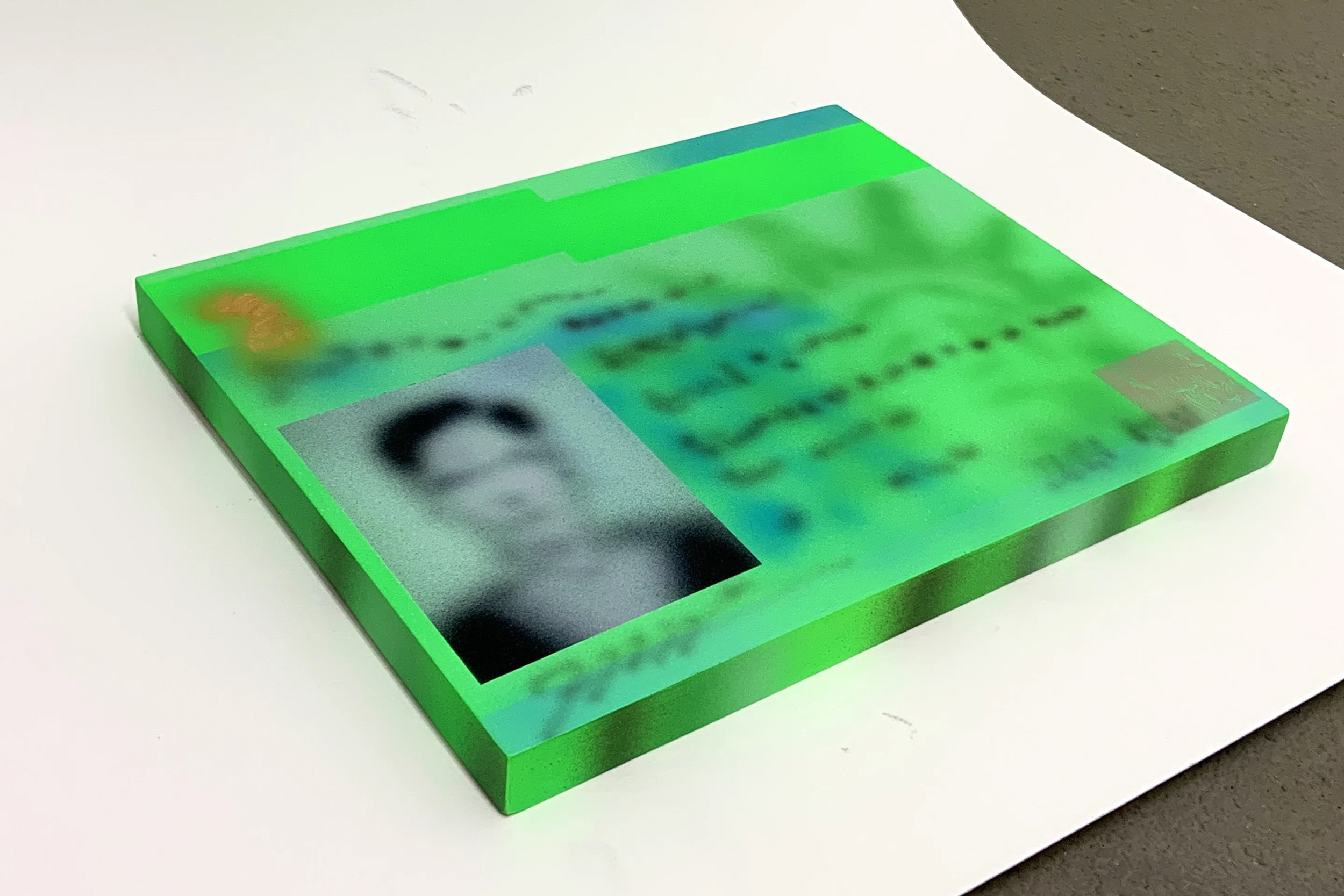
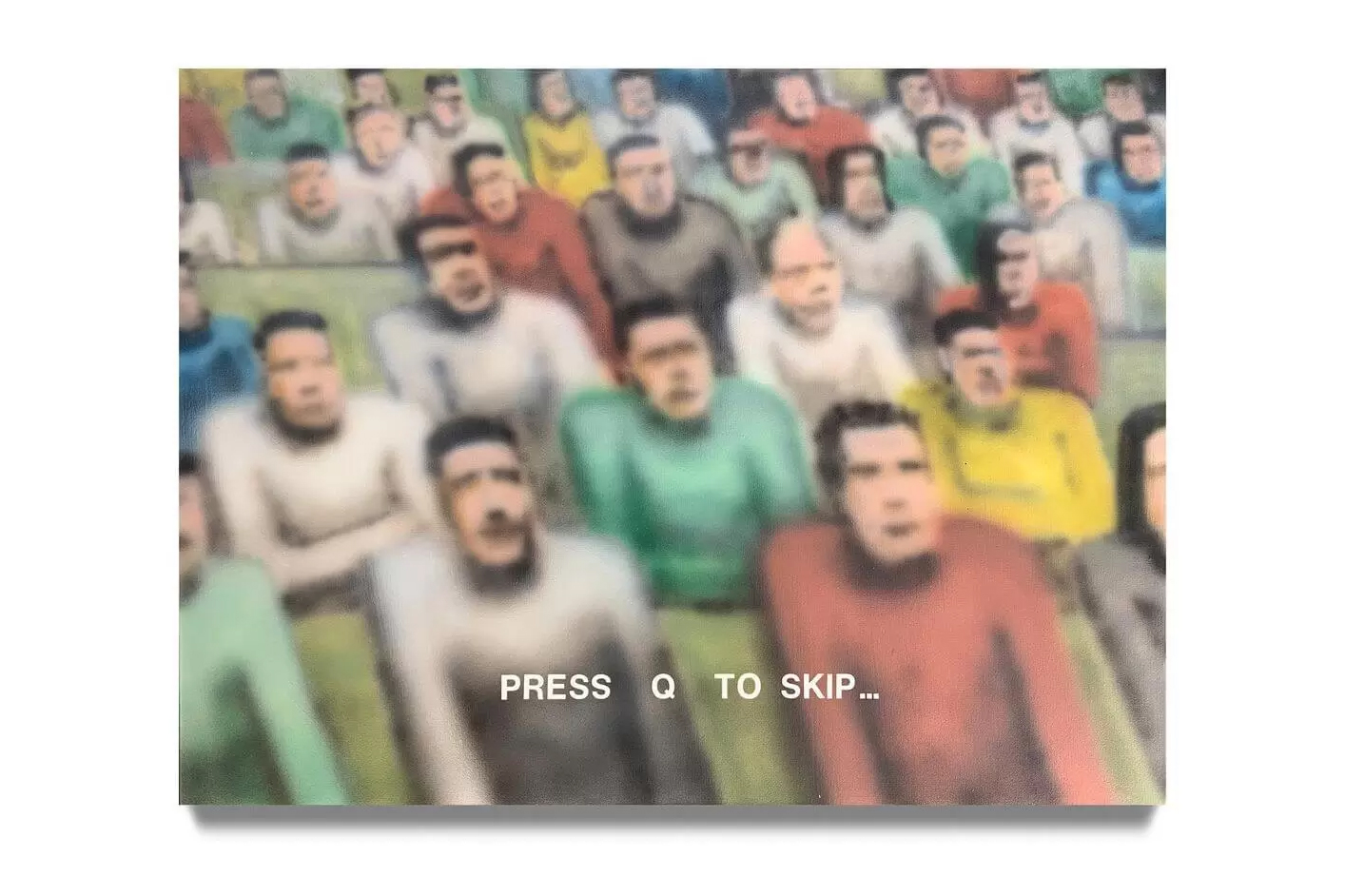
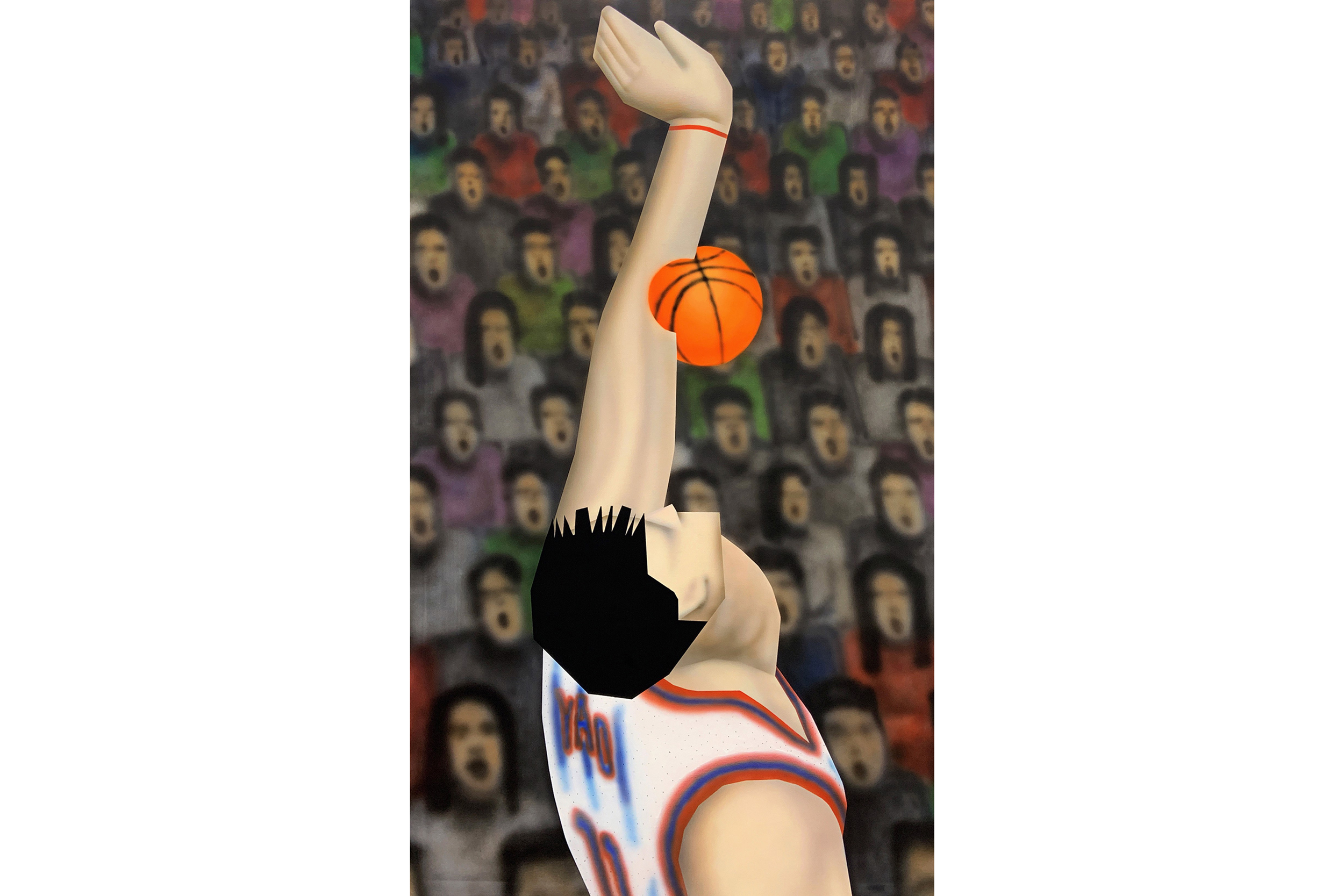
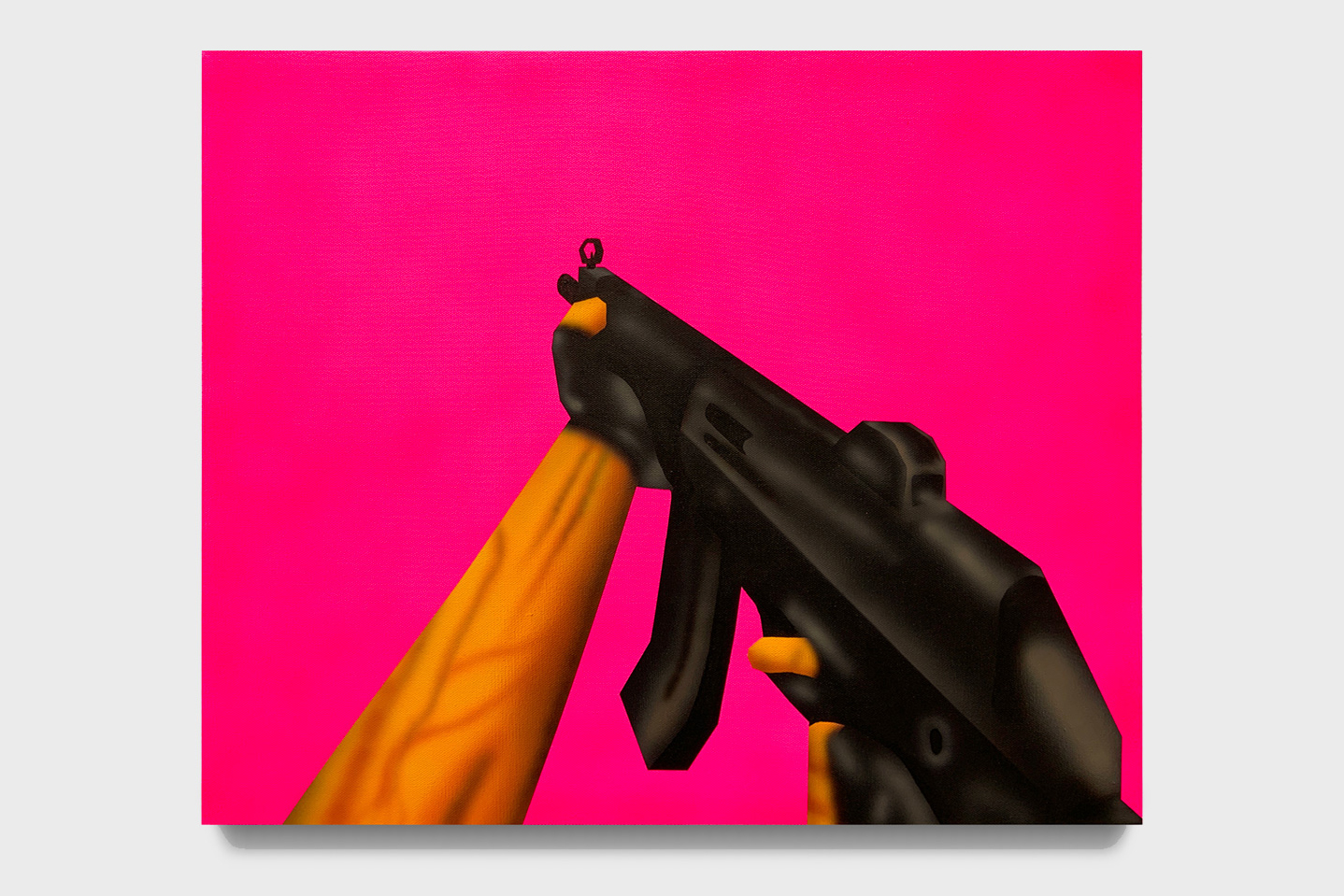
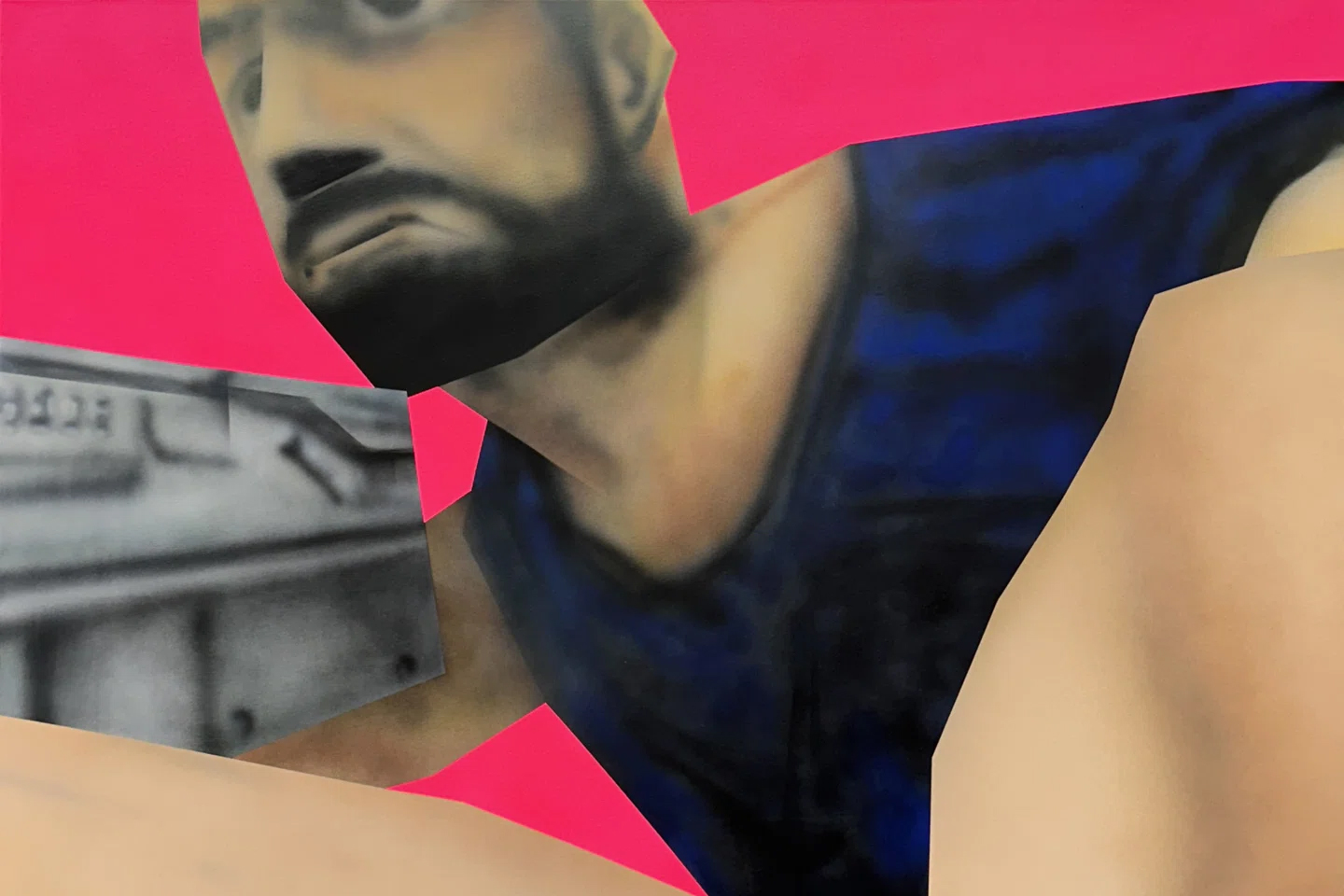
Gao Hang's paintings and prints feature vibrant, playful colors inspired by ‘90s to noughties video game graphics intermixed with iconography found in pop culture. The Chinese artist merges nostalgia with contemporary digital life, reflecting the aesthetics of classic video games, such as Counter-Strike (2000) and early FIFA titles with the canons of art history, from Donald Judd to hard-edge abstract painting. His use of bold, fluorescent colors and simplified forms evoke the pixelated graphics of early video games, creating a sense of familiarity and nostalgia, as he explores themes of identity and technology, questioning how digital advancements shape our perception of self and reality. Gao's work has been exhibited in physical and digital platforms such as Artsy and Pulpo Gallery, where his distinctive style has garnered significant attention and praise from critics and collectors alike.
Tabor Robak
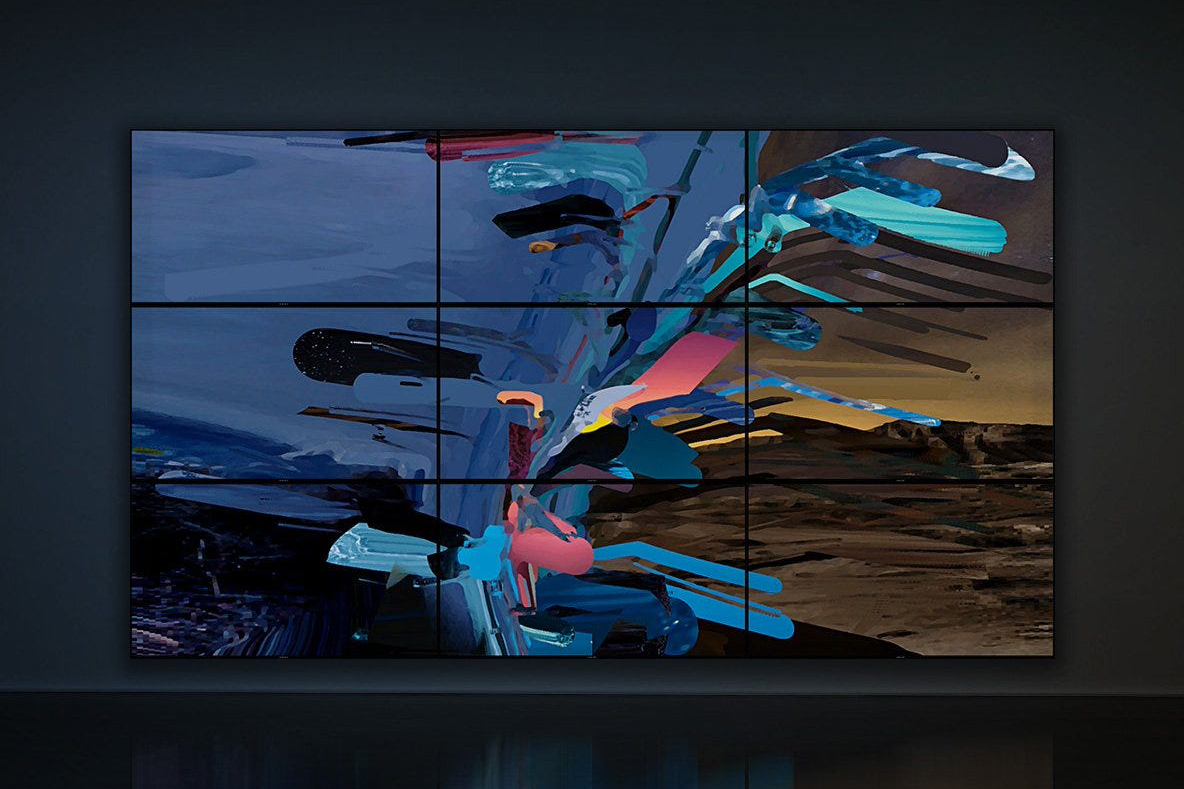
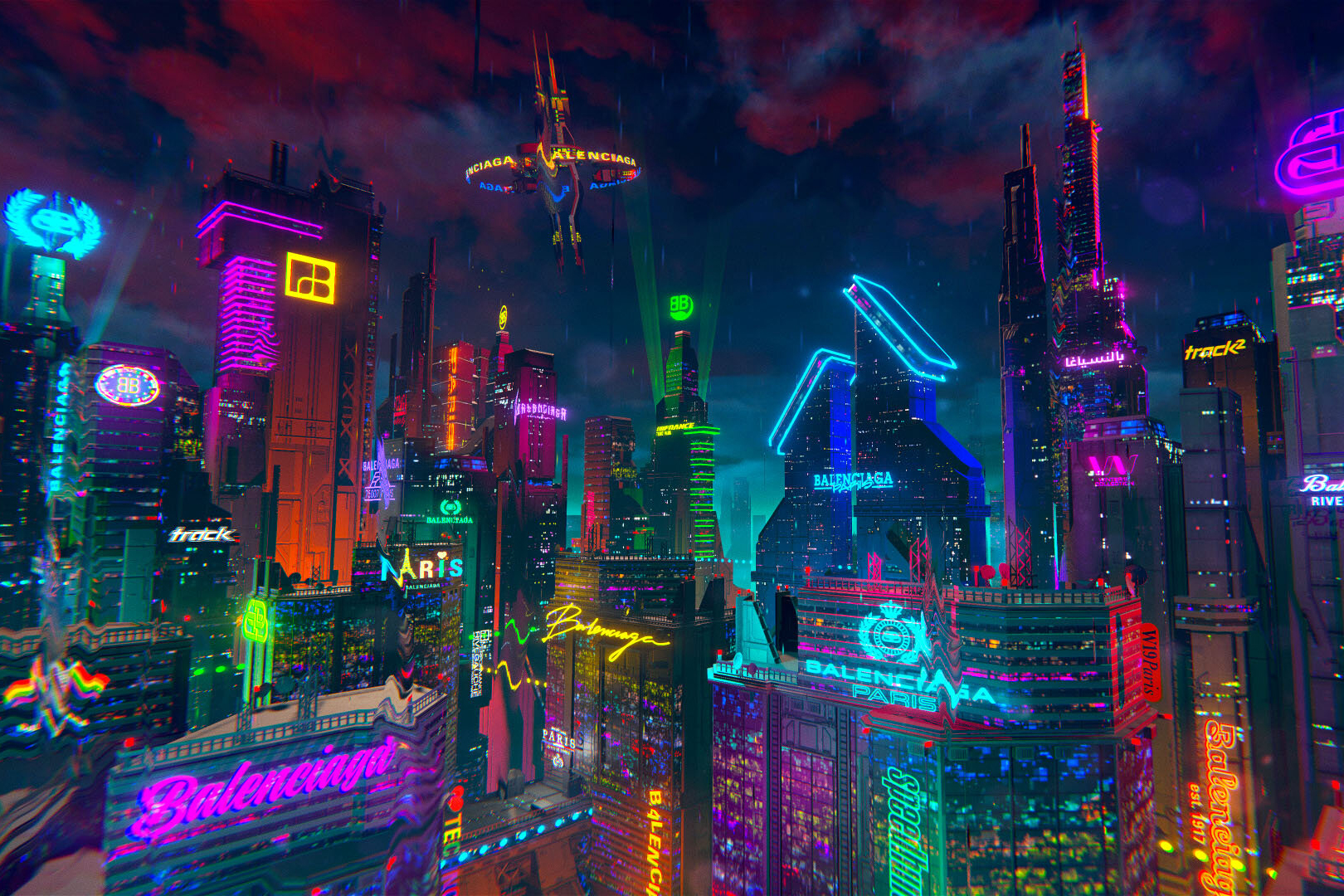
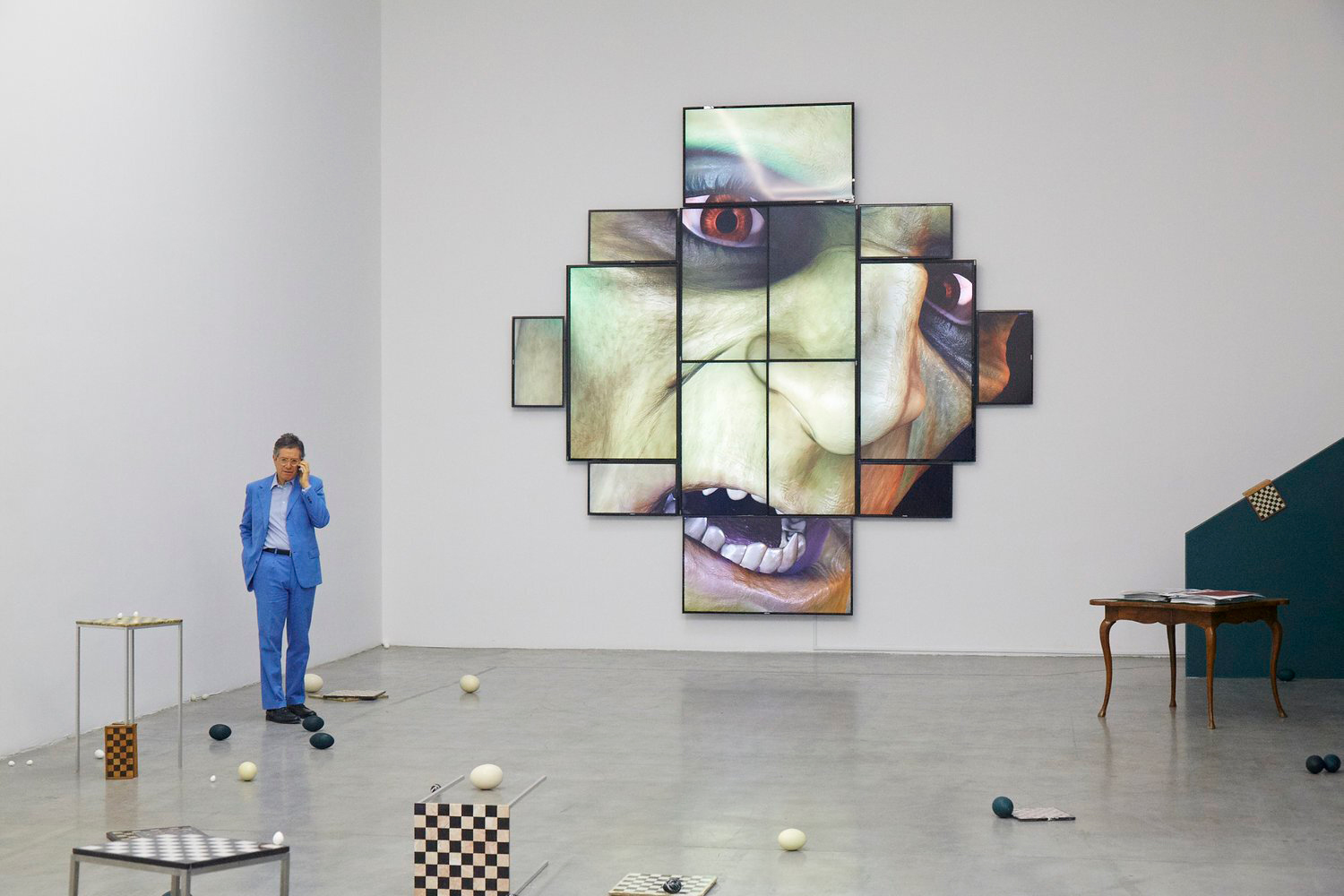
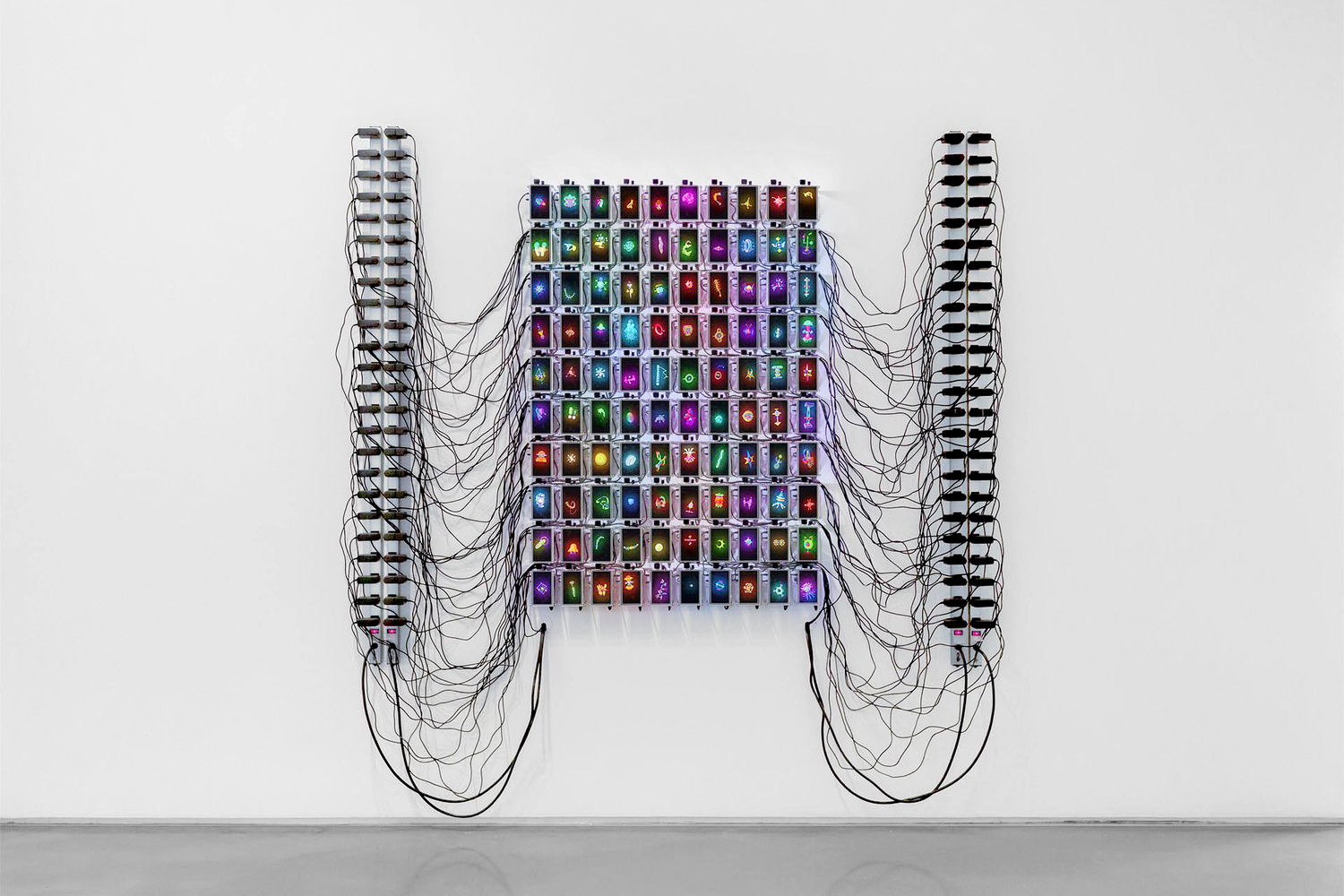
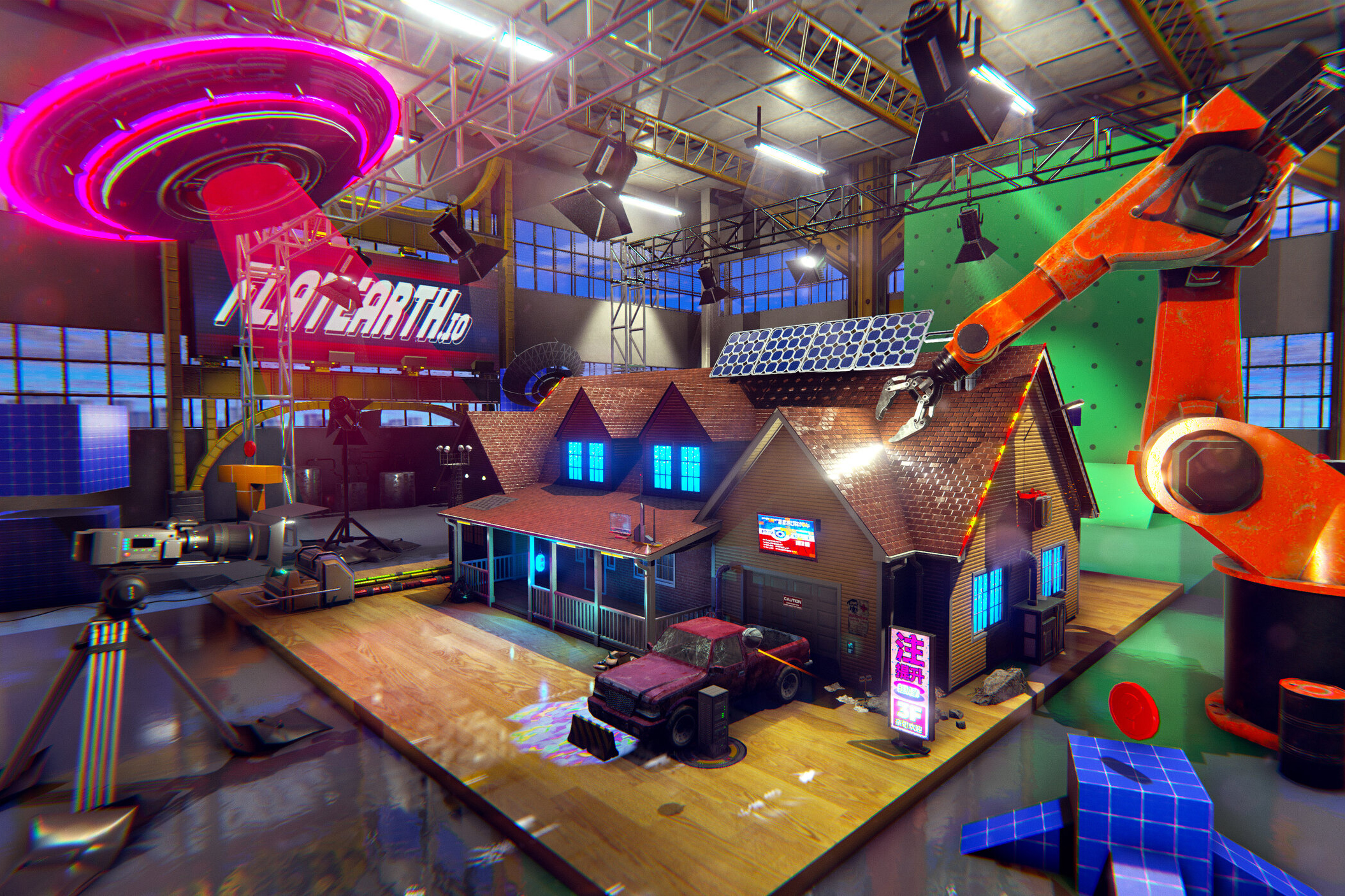
Portland-born, Paris-based artist Tabor Robak is known for intricate and hyper-realistic digital compositions that blend video game aesthetics with surreal environments. Robak's immersive digital installations challenge viewers' perceptions of reality, questioning consumer culture and the nature of existence in a technologically saturated society. His use of high-definition video, 3D modeling, and animation creates visually stunning works that probes into consumerism, virtual reality, and both the merits and adverse effects technology has caused on the human experience.. Robak's pieces have been showcased in prominent exhibitions worldwide, including the Museum of Modern Art in New York and the Hirshhorn Museum in Washington, D.C.
Jon Rafman
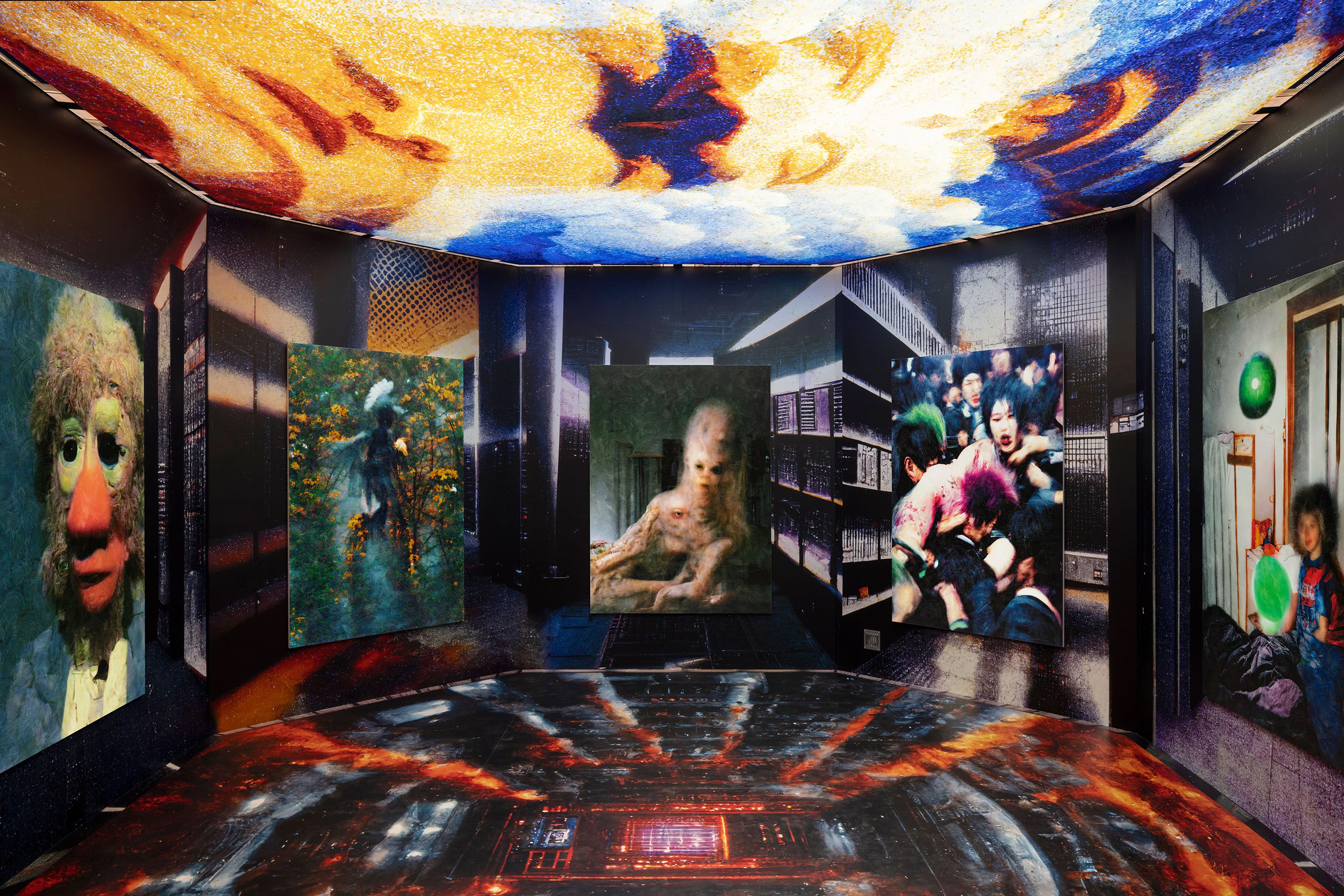
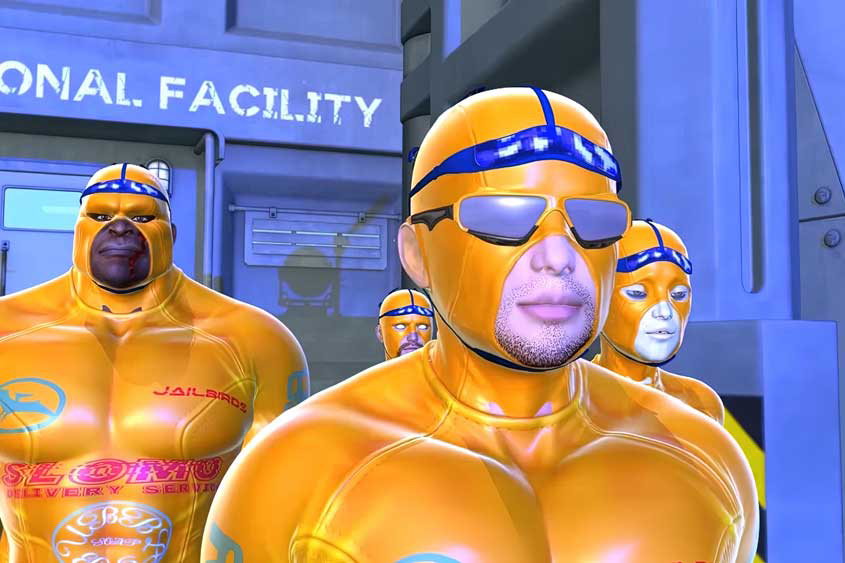
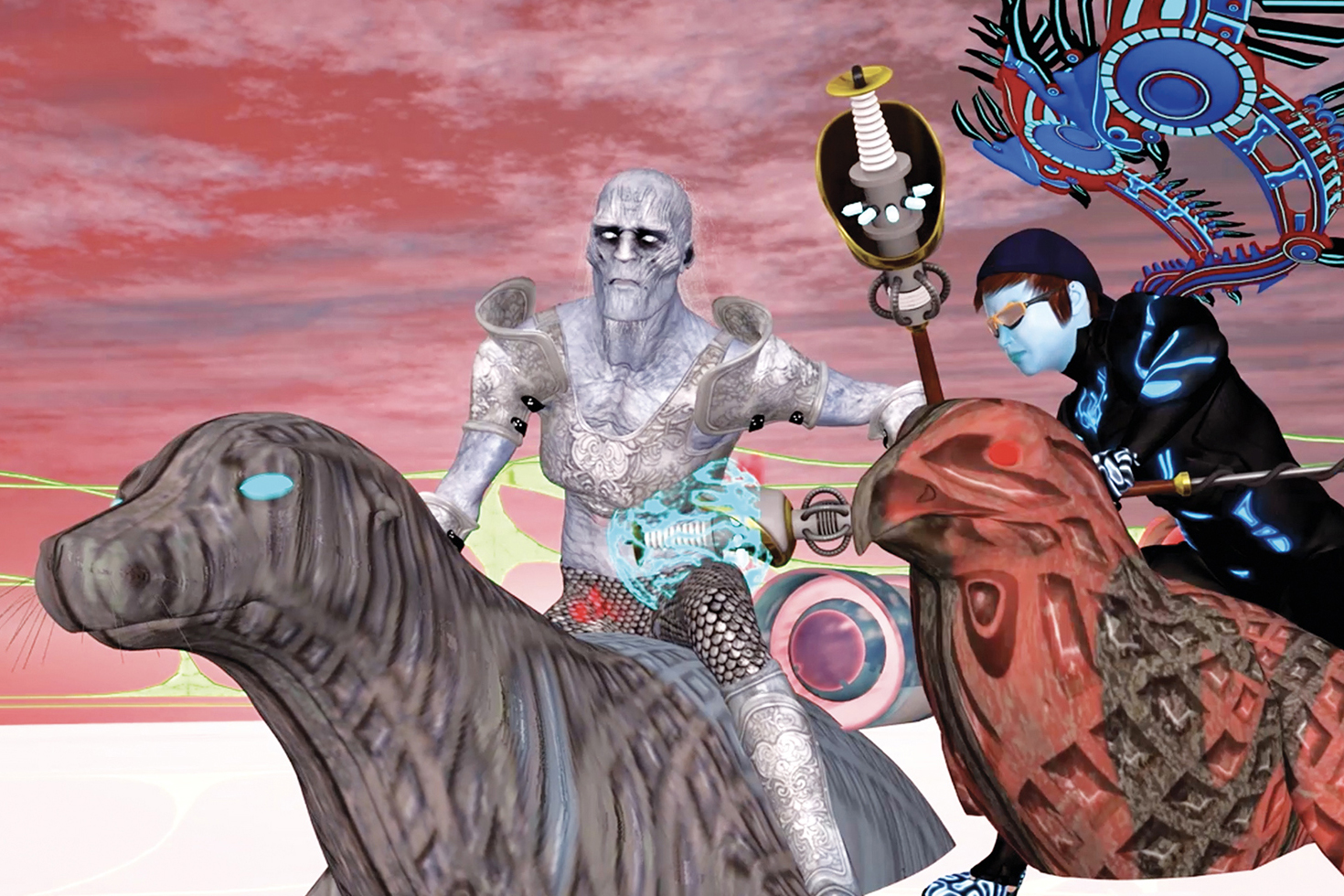
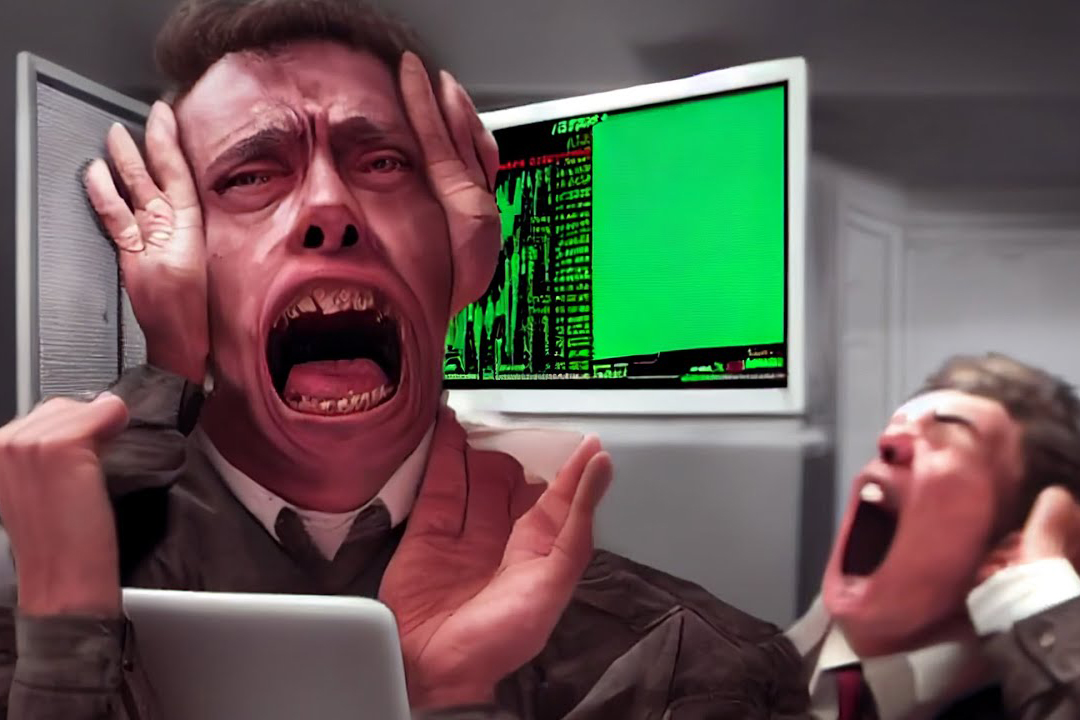

American artist Jon Rafman delves into the darker aspects of internet culture and digital existence. Using video game graphics from pixelated PS1 landscapes to high-res Fortnite-looking characters coupled with virtual reality, he creates immersive environments exploring themes like isolation, addiction, and the psychological impacts of digital spaces. Rafman's interrogations encourage viewers to confront the effects of digital culture on the human psyche. His use of virtual reality technology allows viewers to step inside his creations, experiencing firsthand the often disconcerting and surreal worlds he constructs. Rafman's multi-disciplinary installations often feature found footage and digital artifacts, creating a collage-like effect that mirrors the fragmented nature of online experiences. His works have been featured in numerous international galleries, including the Palais de Tokyo in Paris and the Institute of Contemporary Art in Boston.
Auriea Harvey


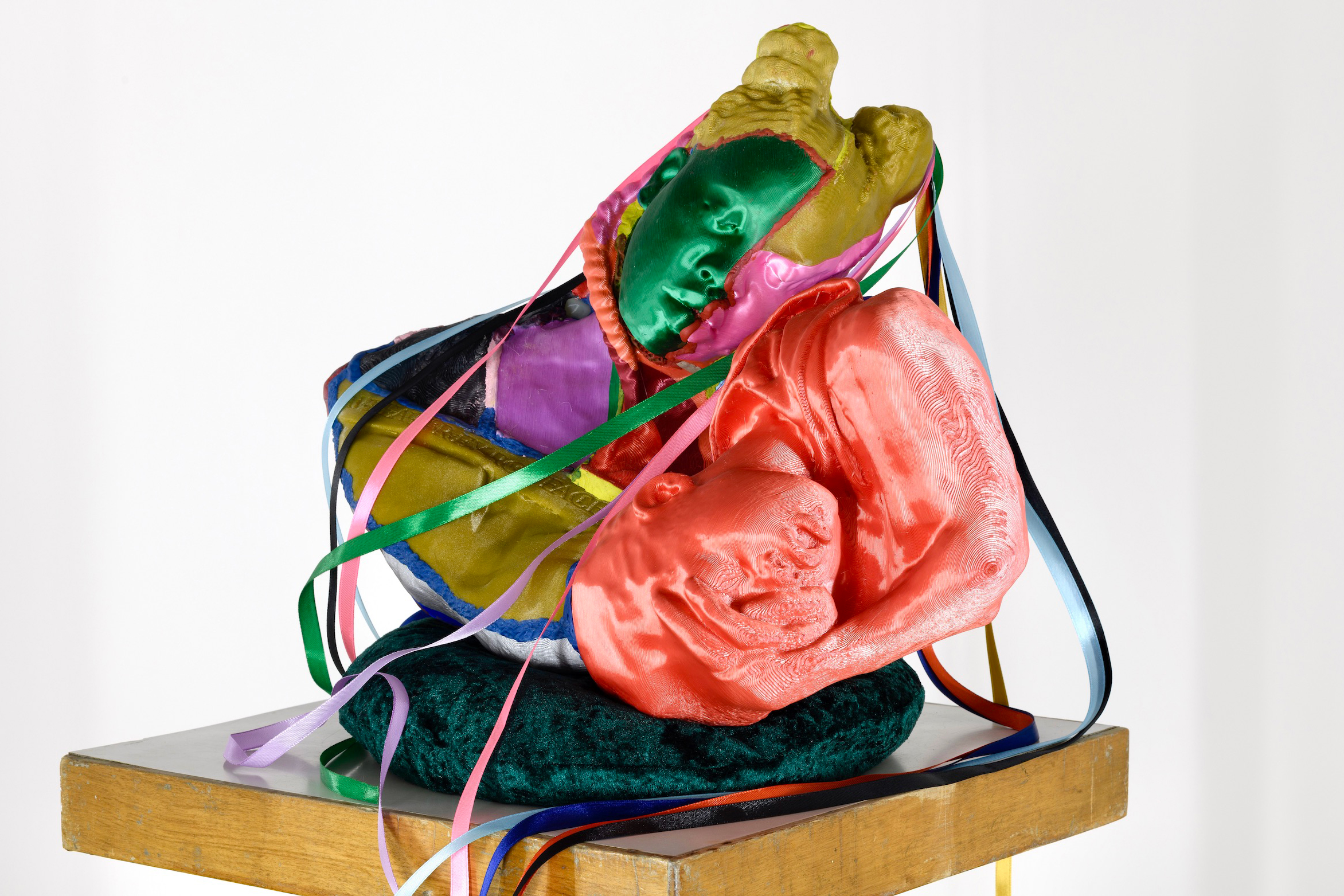
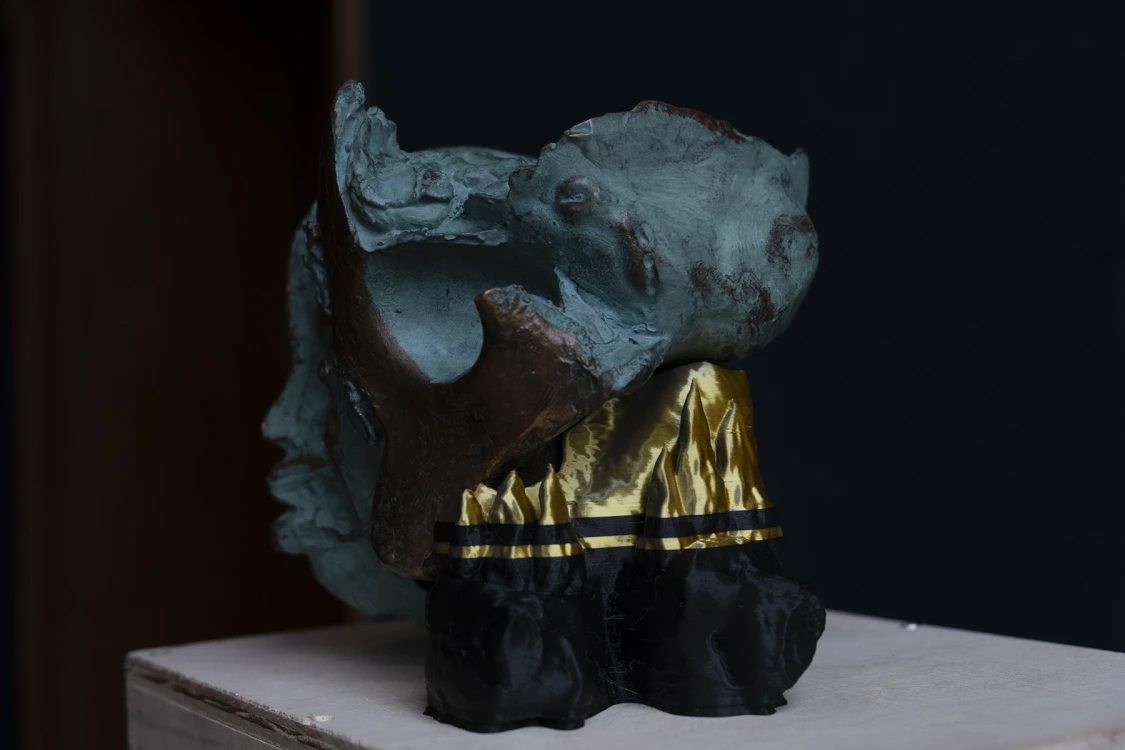
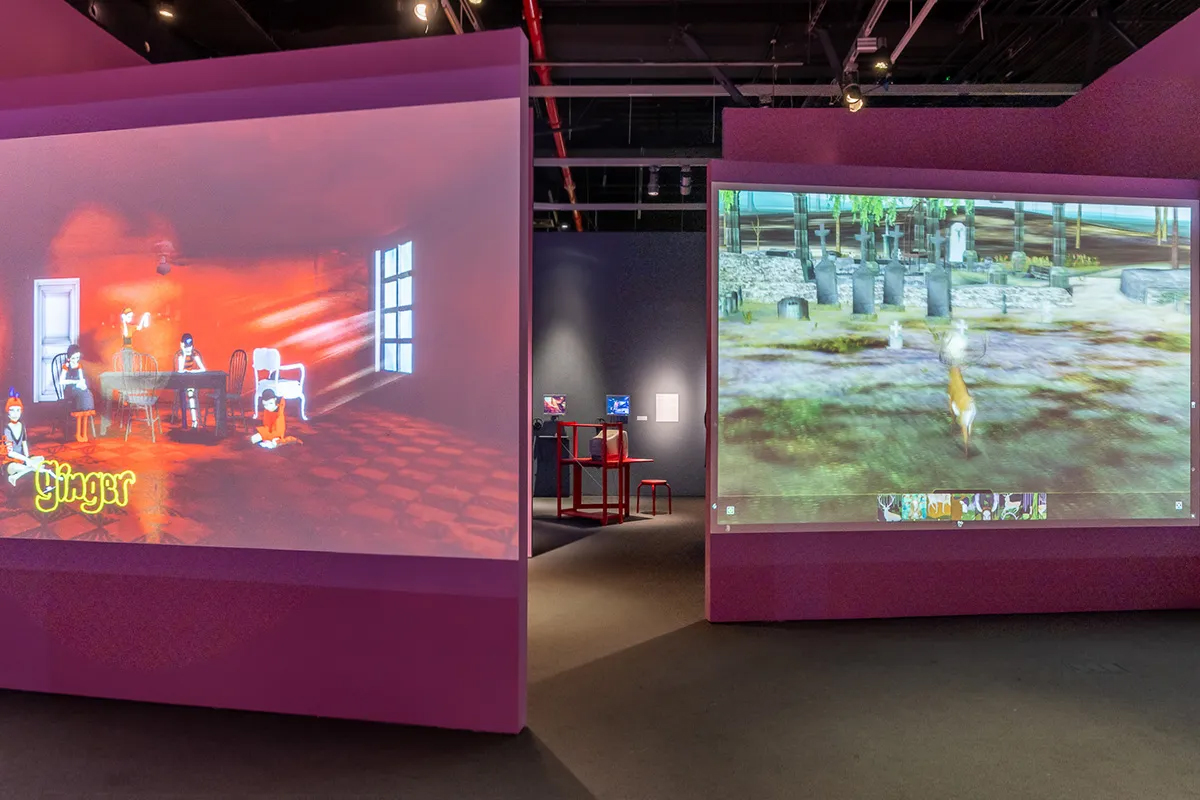
Auriea Harvey’s sculptures and installations combine classical techniques with modern digital tools, including 3D printing and video game textures, to memory and identity in the digital age. blending traditional and contemporary forms to reflect the complexities of digital culture. Harvey's sculptures often feature intricate details and textures reminiscent of video game environments found between the PlayStation 2 to 3 eras.. Themes of transformation, identity, and the ephemeral nature of digital existence are central to her work, as she challenges the viewer to consider the permanence of digital identity. Her works have been exhibited in major institutions such as the Victoria and Albert Museum in London and the Whitney Museum of American Art in New York.
Sophie Kahn
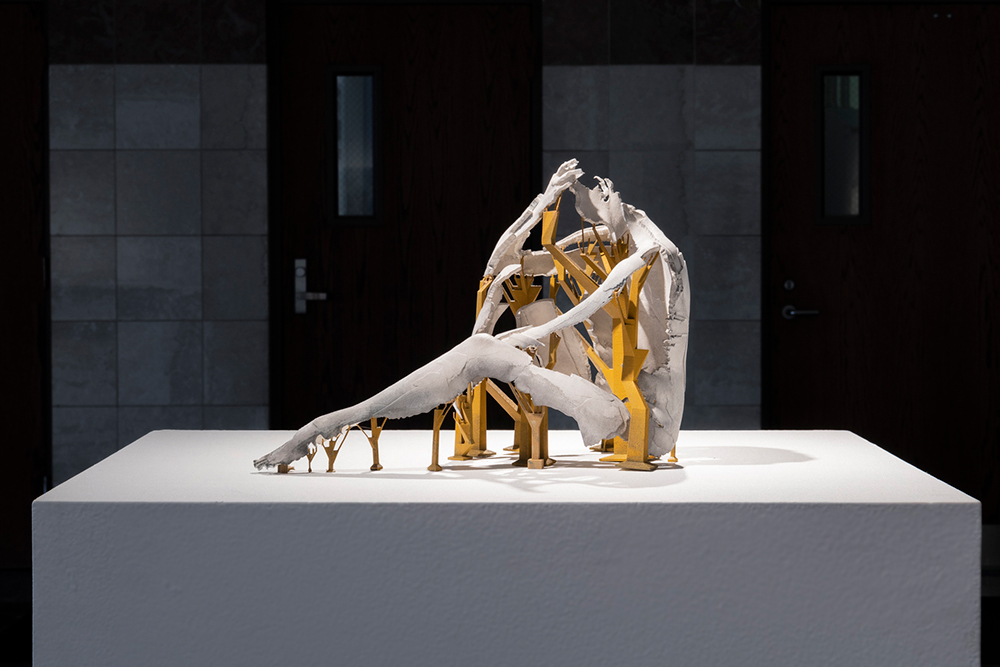
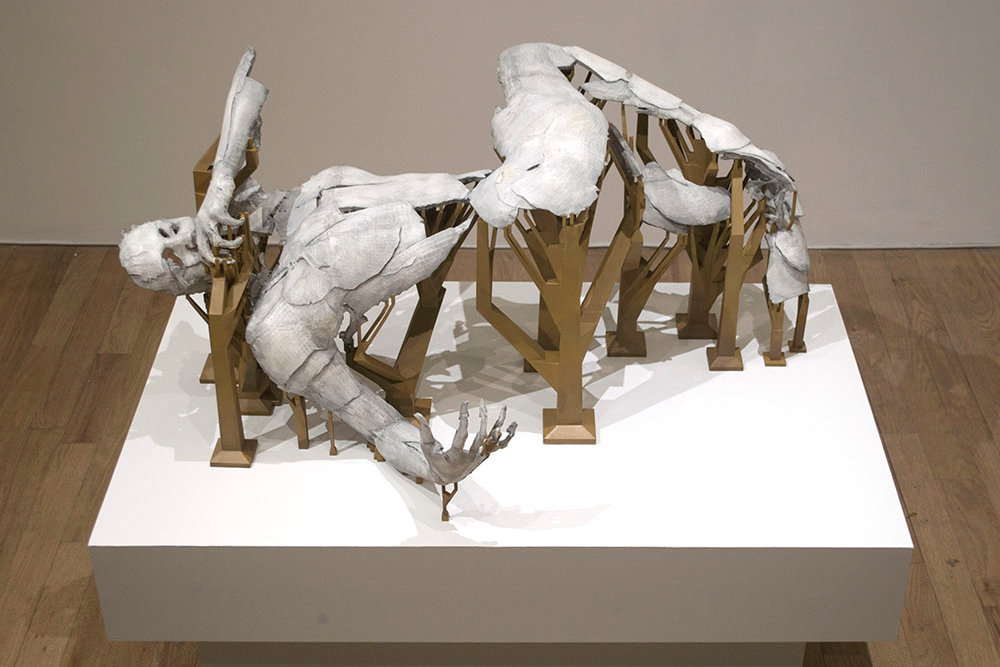
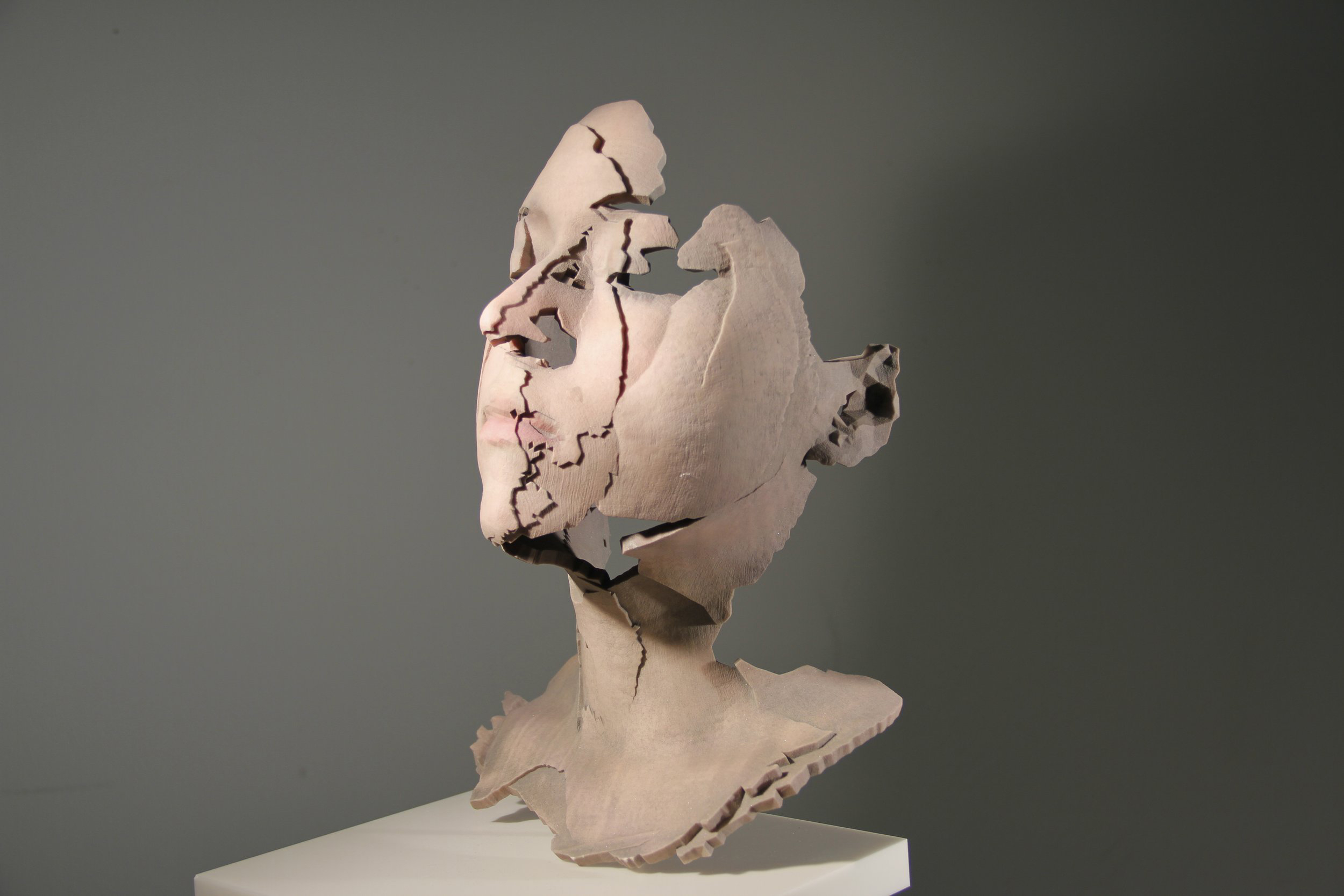
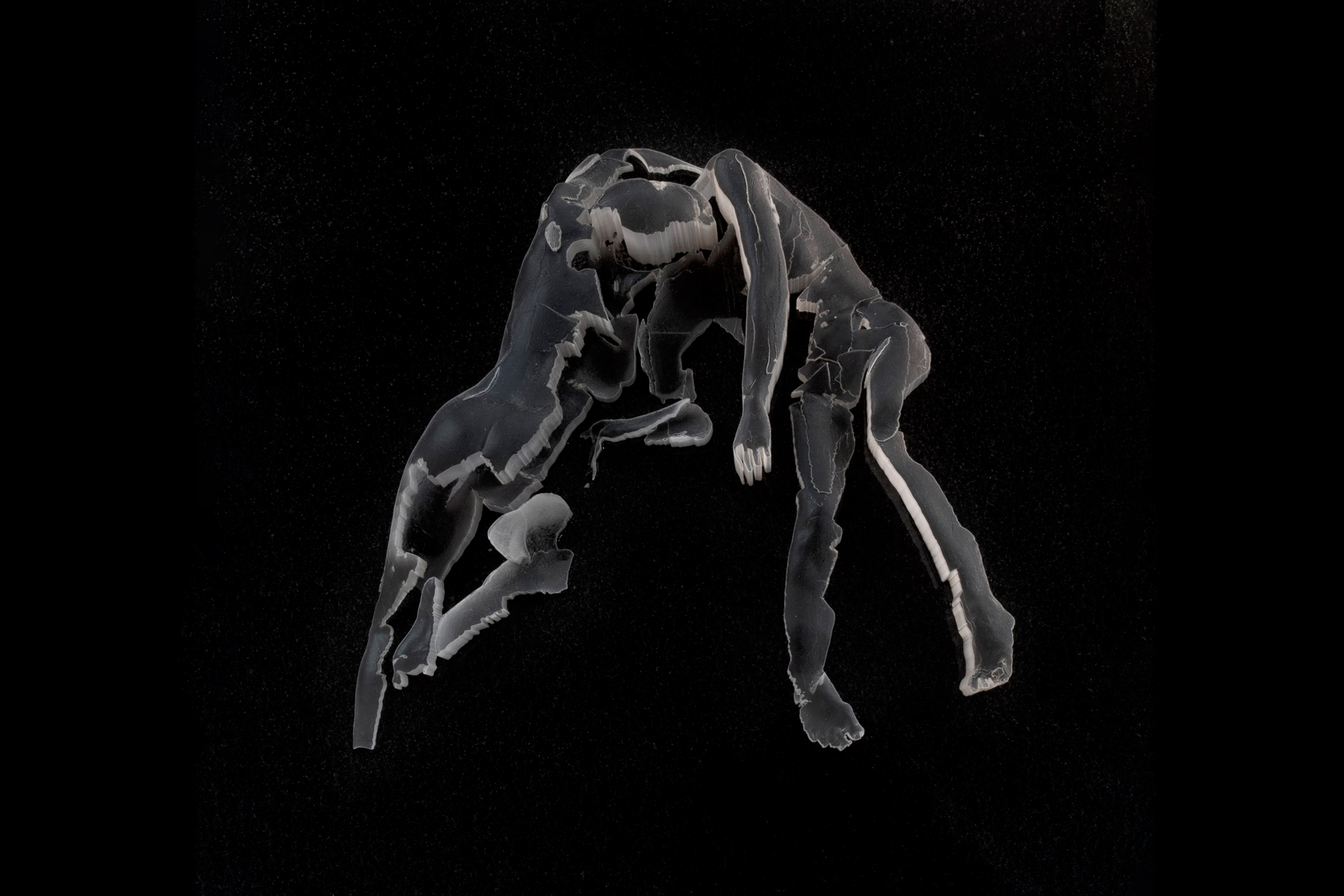
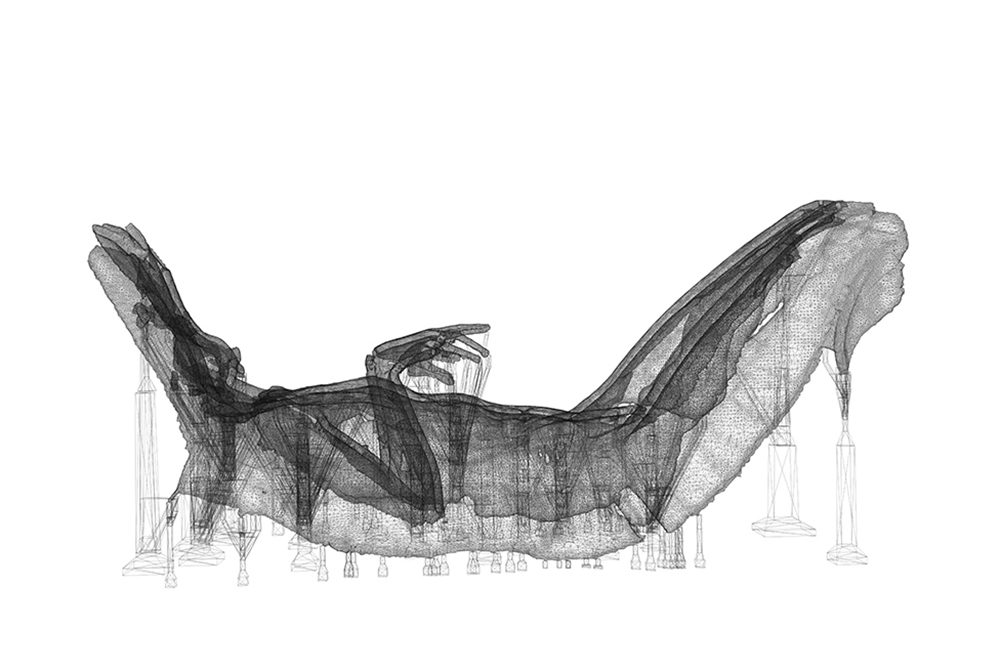
Sophie Kahn uses 3D scanning and printing technology to create sculptures that explore identity fragmentation. Her works resemble pixelated, glitchy figures, drawing connections to more contemporary video game graphics and highlighting the impermanence of digital representations. Kahn's sculptures often appear fragmented or incomplete, reflecting the transient and unstable nature of digital identities. Themes of memory, loss, and the impact of technology on human experience are central to her work, earning her recognition in various exhibitions, including the Museum of Arts and Design in New York and the Australian Centre for Contemporary Art in Melbourne. Her sculptures offer a commentary on the transient nature of digital existence, making her a key figure in the exploration of digital identity in contemporary sculpture.
























